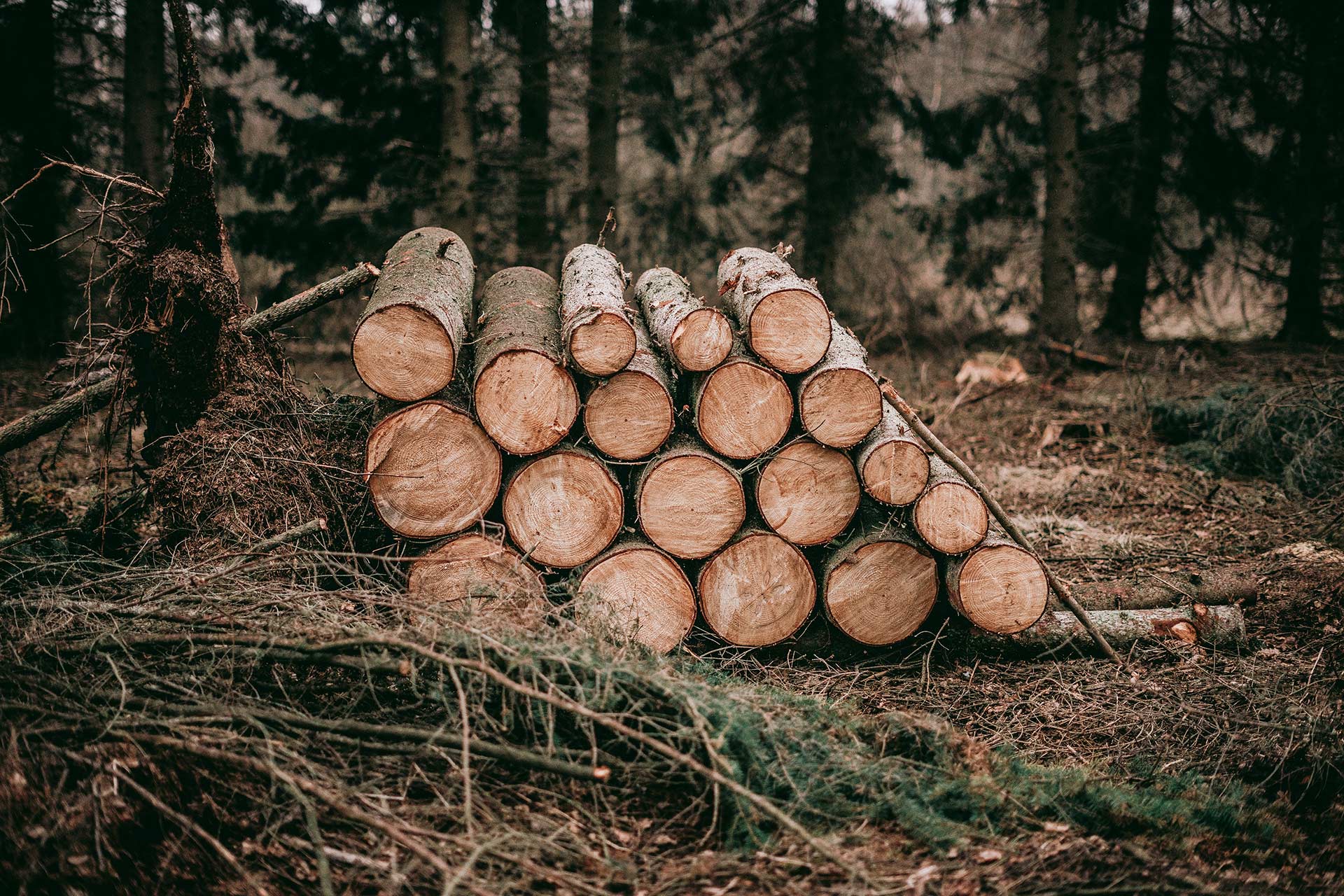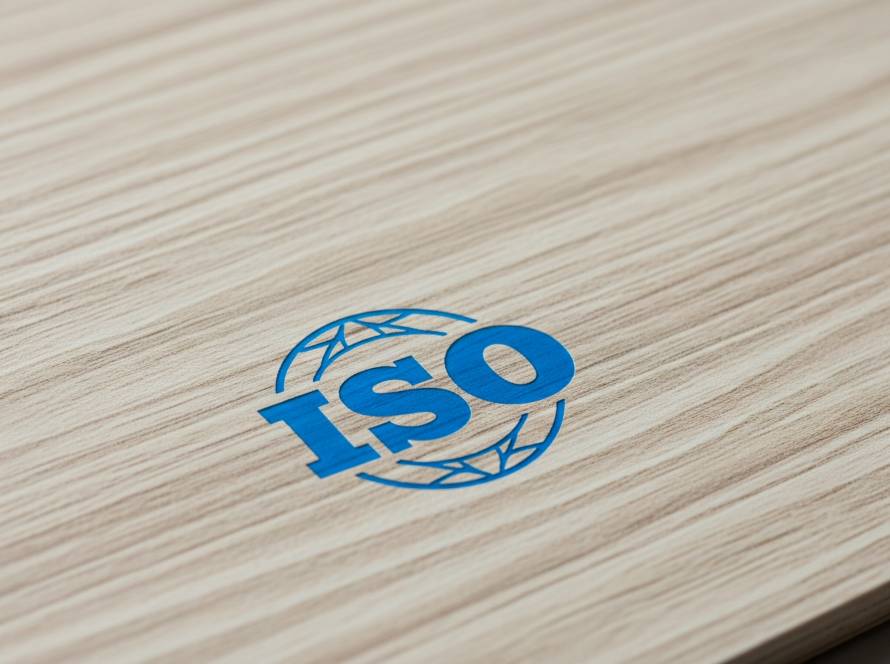High-Pressure Laminate (HPL) panels, often referred to as “Formica” in the Egyptian market, are a cornerstone of modern interior design and furniture due to their durability and versatility. But how can you ensure the panels you choose meet global quality standards? The answer lies in understanding international certifications and performance metrics that guarantee a product’s reliability. This article explains key certifications like ISO and CE, as well as performance standards such as scratch resistance, moisture resistance, and anti-bacterial properties, to help manufacturers, interior designers, and homeowners select trustworthy HPL panels for their projects.
What Are HPL Panels?
HPL panels are decorative surfaces made by compressing layers of resin-impregnated paper under high heat and pressure. They feature a decorative layer that mimics materials like wood, stone, metal, or solid colors, topped with a protective overlay. These panels are typically bonded to substrates like MDF or particleboard and used in furniture, countertops, wall cladding, and even outdoor applications. In Egypt, “Formica” is a common term for HPL, though it originally refers to a specific brand.
The quality of HPL panels depends on adherence to global standards and certifications. Without these, panels may fail to withstand environmental conditions or daily wear, leading to costly repairs or replacements.
International Certifications for HPL Panels
Certifications are a reliable way to verify that HPL panels meet specific quality and safety standards. Here are the most important ones to look for:
1. ISO 9001:2015
- What Is It?: This is a quality management certification, ensuring that the manufacturing process follows consistent, high-standard procedures.
- Why It Matters: ISO 9001:2015 certification indicates that the manufacturer maintains rigorous quality control, reducing the likelihood of defects.
- In the Egyptian Market: This certification reassures buyers, especially for large-scale commercial projects or manufacturing.
2. CE Certification
- What Is It?: CE (Conformité Européenne) marking confirms that the product meets European standards for safety, health, and environmental protection.
- Why It Matters: It ensures the panels are safe for public use and meet requirements like fire resistance.
- In the Egyptian Market: For projects like restaurants or offices, CE certification helps comply with local and international regulations.
3. ISI Certification (Indian Standards Institute)
- What Is It?: The ISI mark, issued by the Indian Standards Institute, verifies that the product meets quality standards, commonly used for panels manufactured in India.
- Why It Matters: Since Egypt imports significant quantities of HPL panels from India, the ISI mark is a key indicator of quality.
- In the Egyptian Market: When sourcing from Indian suppliers, look for the ISI mark to ensure reliability.
4. Other Certifications
- FSC (Forest Stewardship Council): Indicates that the panels use materials from sustainable sources.
- Greenguard: Ensures the panels are free from harmful chemical emissions, suitable for schools or hospitals.
Performance Metrics for HPL Panels
Beyond certifications, performance metrics determine whether HPL panels are suitable for your project. Here are the key standards:
1. Scratch Resistance
- What’s the Standard?: High-quality HPL panels resist scratches from daily use, such as moving objects on countertops.
- How to Verify?: Look for panels tested against standards like EN 438 (European standard for decorative laminates).
- Applications: Essential for kitchens, offices, or high-traffic surfaces.
2. Moisture Resistance
- What’s the Standard?: HPL panels are treated to prevent water absorption, avoiding swelling or damage.
- How to Verify?: Ensure panels are tested against standards like ISO 4586.
- Applications: Ideal for bathrooms, kitchens, or humid areas like coastal cities (e.g., Alexandria).
3. Termite Resistance
- What’s the Standard?: Quality HPL panels are chemically treated to resist termites and other insects.
- How to Verify?: Ask suppliers about treatments or certifications confirming termite resistance.
- Applications: Crucial in rural areas or regions with insect issues.
4. Anti-Bacterial Protection
- What’s the Standard?: Some HPL panels have a layer that inhibits bacterial growth.
- How to Verify?: Look for certifications like ISO 22196, which tests anti-bacterial efficacy.
- Applications: Perfect for hospitals, commercial kitchens, or schools.
5. Fire Resistance
- What’s the Standard?: HPL panels designed for public spaces are fire-resistant or slow-burning.
- How to Verify?: Check for classifications like Class B1 or certifications like EN 13501.
- Applications: Essential for commercial buildings like hotels or offices.
6. UV Resistance
- What’s the Standard?: Panels used outdoors must withstand sun exposure without fading.
- How to Verify?: Ensure panels are tested against standards like ISO 4892.
- Applications: Used in exterior cladding or outdoor furniture.
Tips for Verifying Quality in the Egyptian Market
- Request Certifications: Always ask suppliers for international certifications like ISO or CE, and verify their authenticity.
- Test Samples: Conduct simple tests, like exposing panels to water or scratching them, to confirm performance.
- Choose Reputable Suppliers: Work with trusted suppliers known in the Egyptian market, especially for bulk purchases.
- Compare Prices: Certified panels may cost more but save on maintenance in the long run.
- Check Warranties: Some suppliers offer warranties on performance, such as moisture or scratch resistance.
Why Certifications and Performance Metrics Matter
In the Egyptian market, HPL panels are available at various price points, but not all meet the same standards. Choosing certified panels ensures:
- Long-Term Performance: Panels withstand daily use without damage.
- Safety: Certifications like CE confirm safety for public spaces.
- Cost Savings: High-quality panels reduce the need for repairs or replacements.
Conclusion
Understanding international certifications and performance metrics for HPL panels is key to selecting reliable products for your project. Whether you’re designing furniture, countertops, or exterior cladding, certified panels with standards like ISO and CE ensure quality and safety. In the Egyptian market, focusing on these metrics helps you choose HPL panels that balance performance, durability, and value, ensuring the success of your project over the long term.



